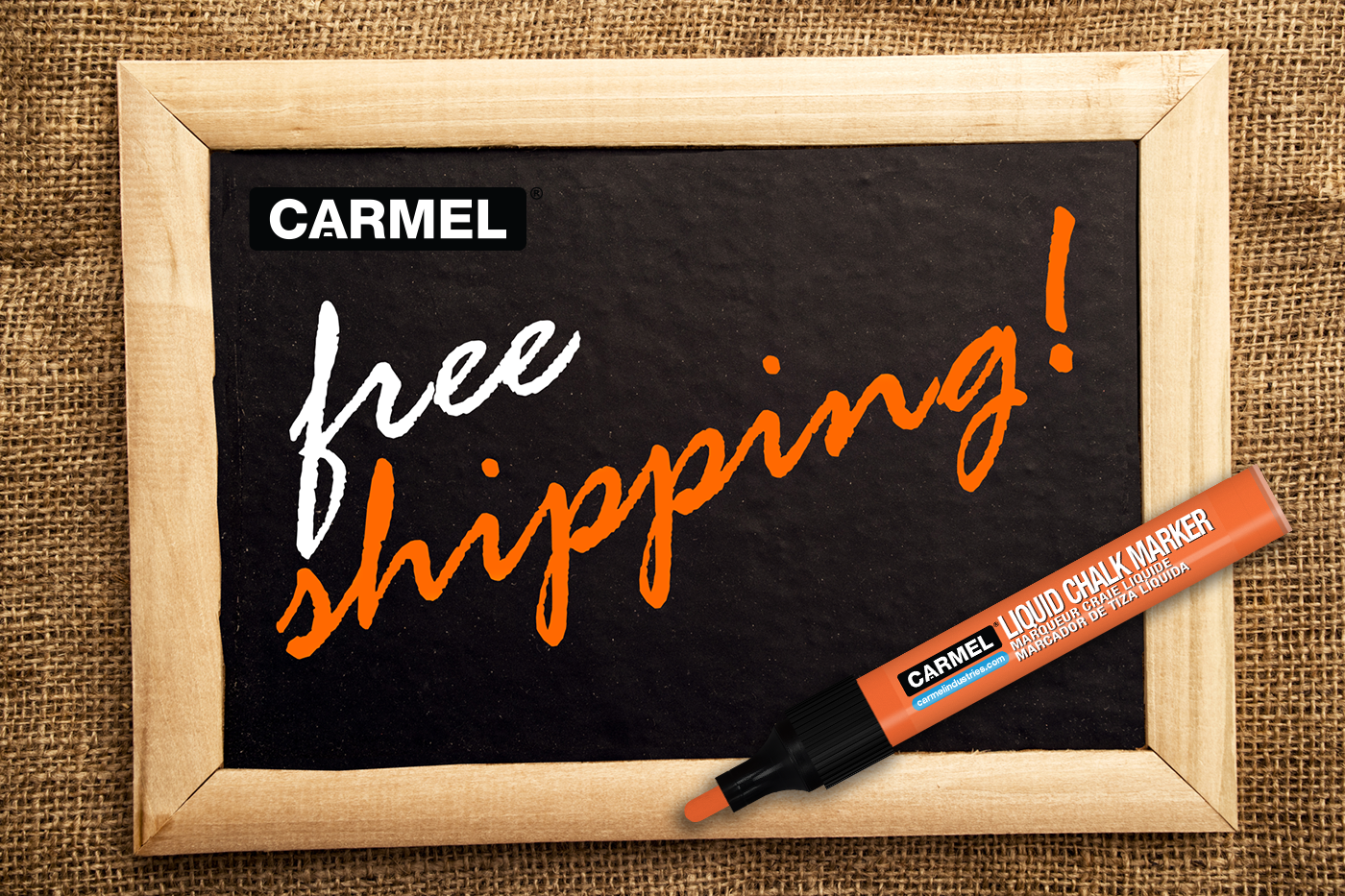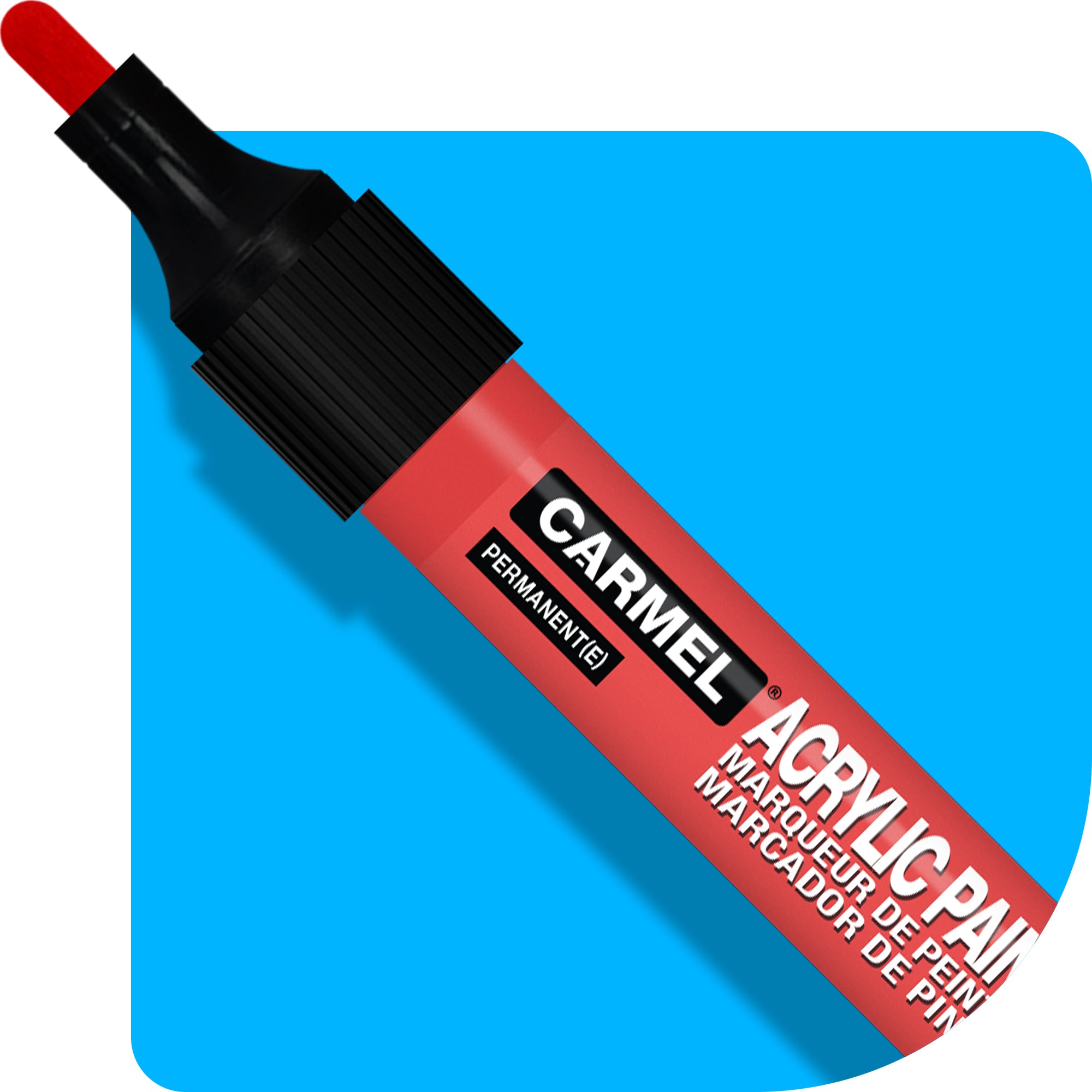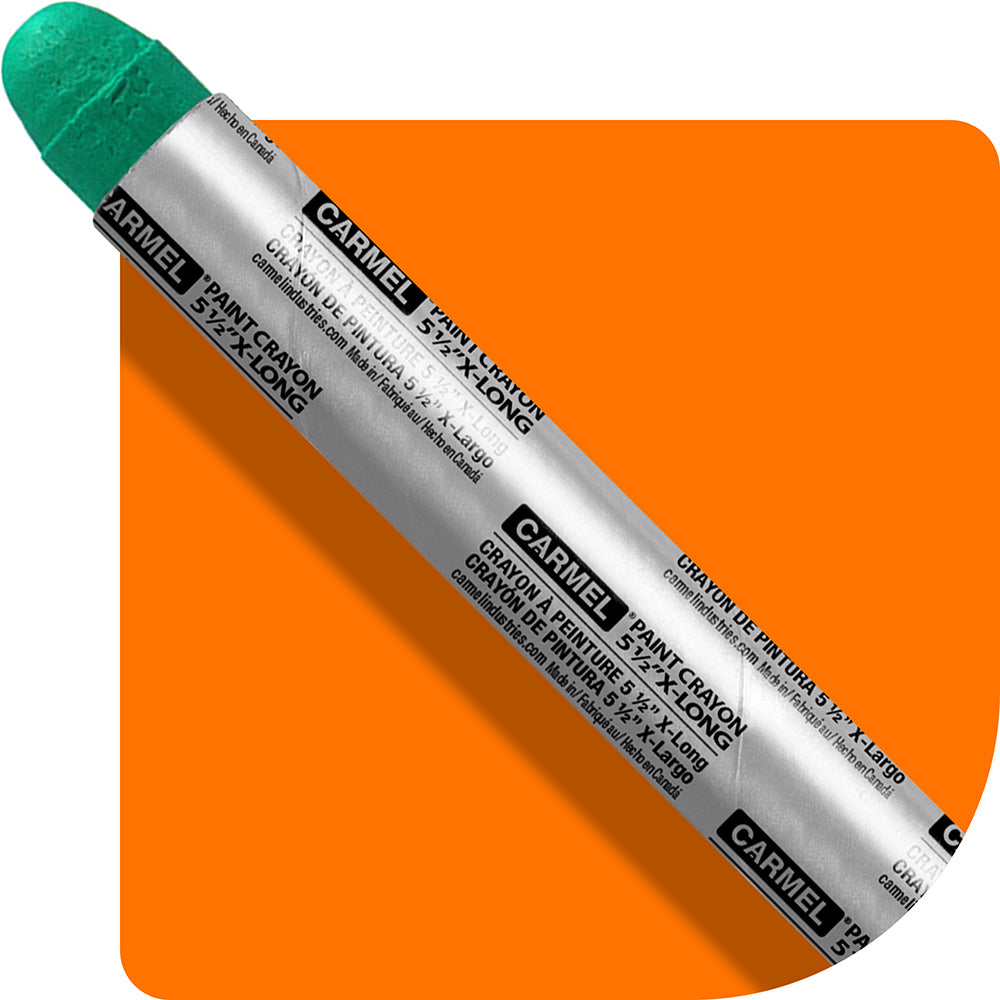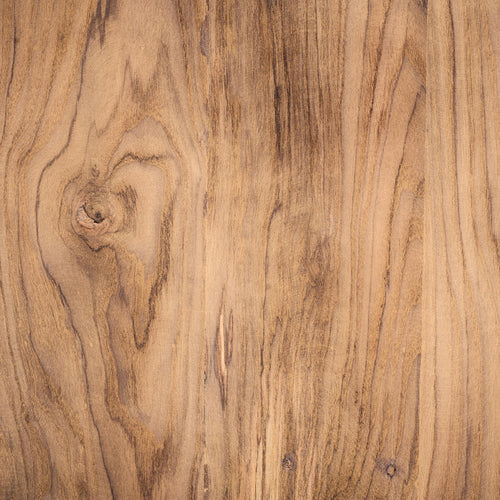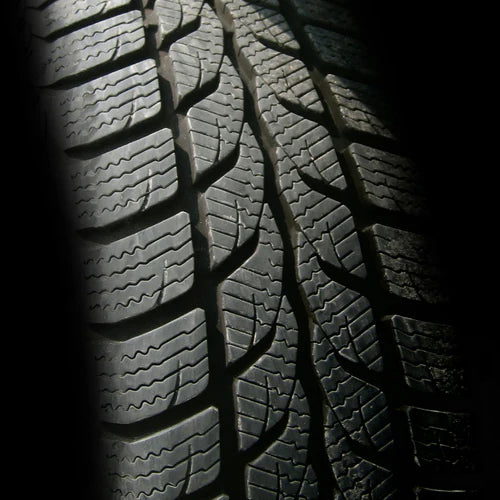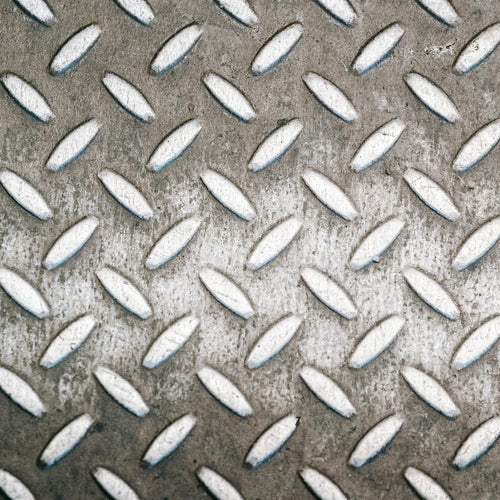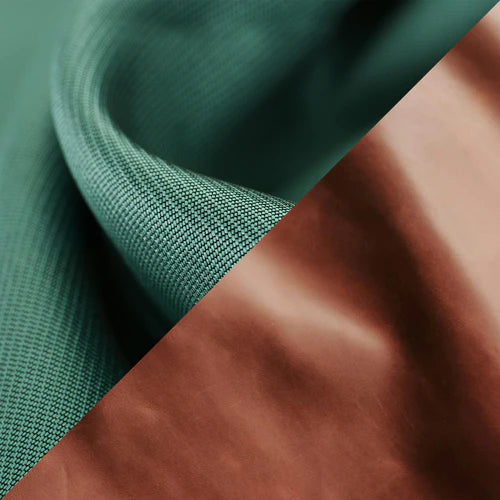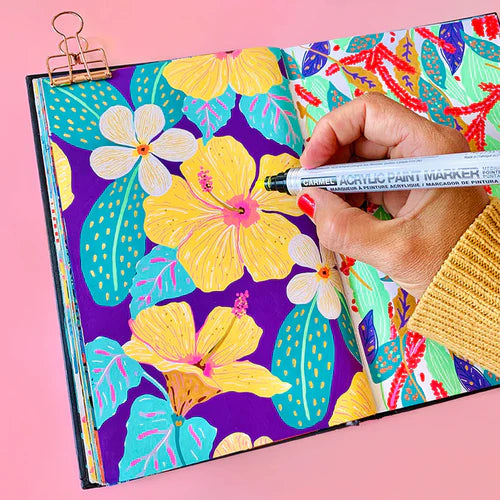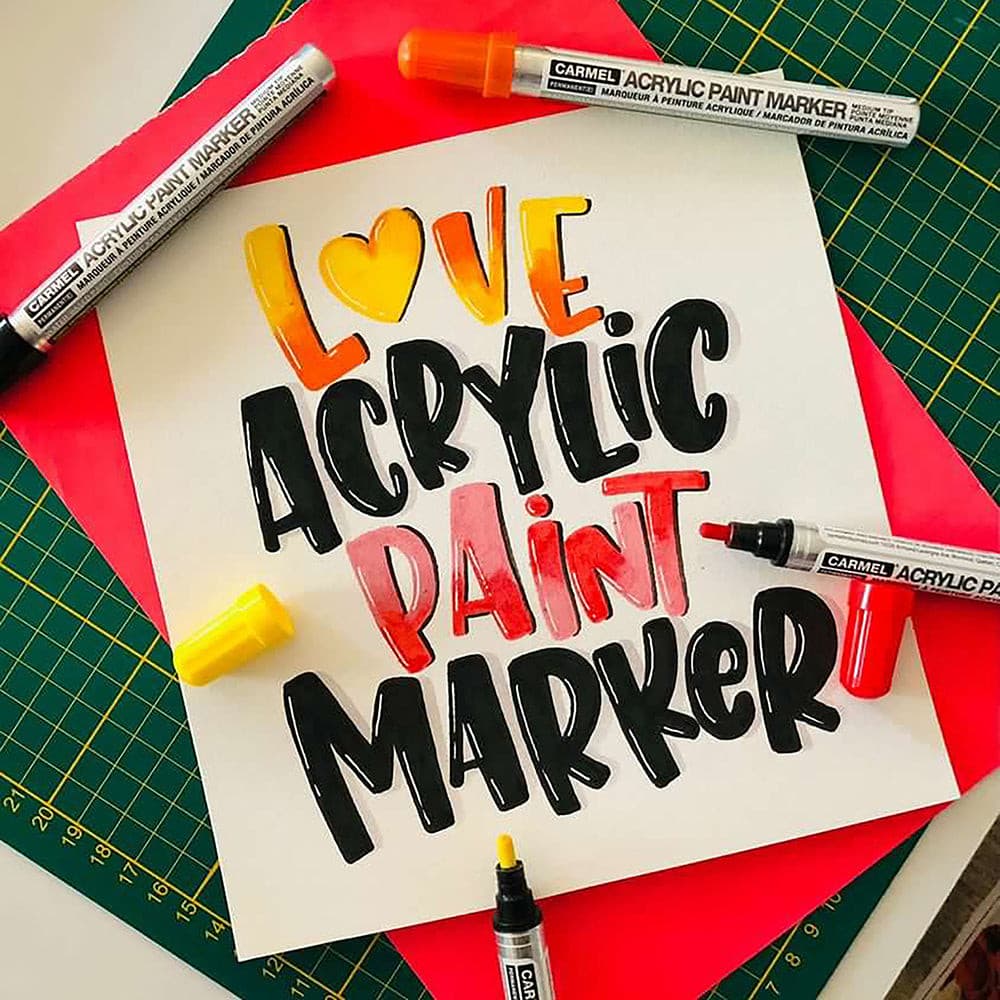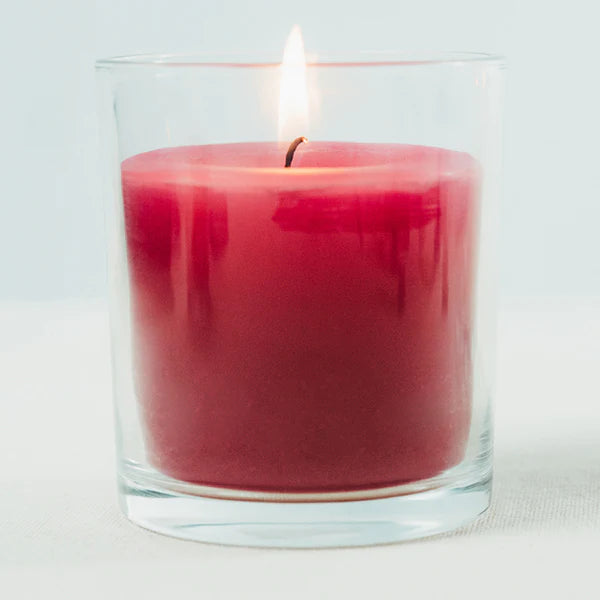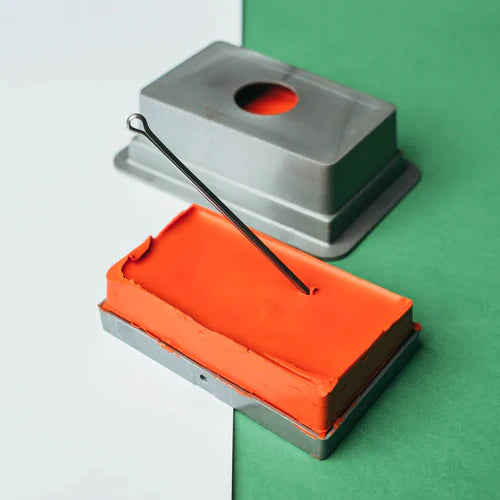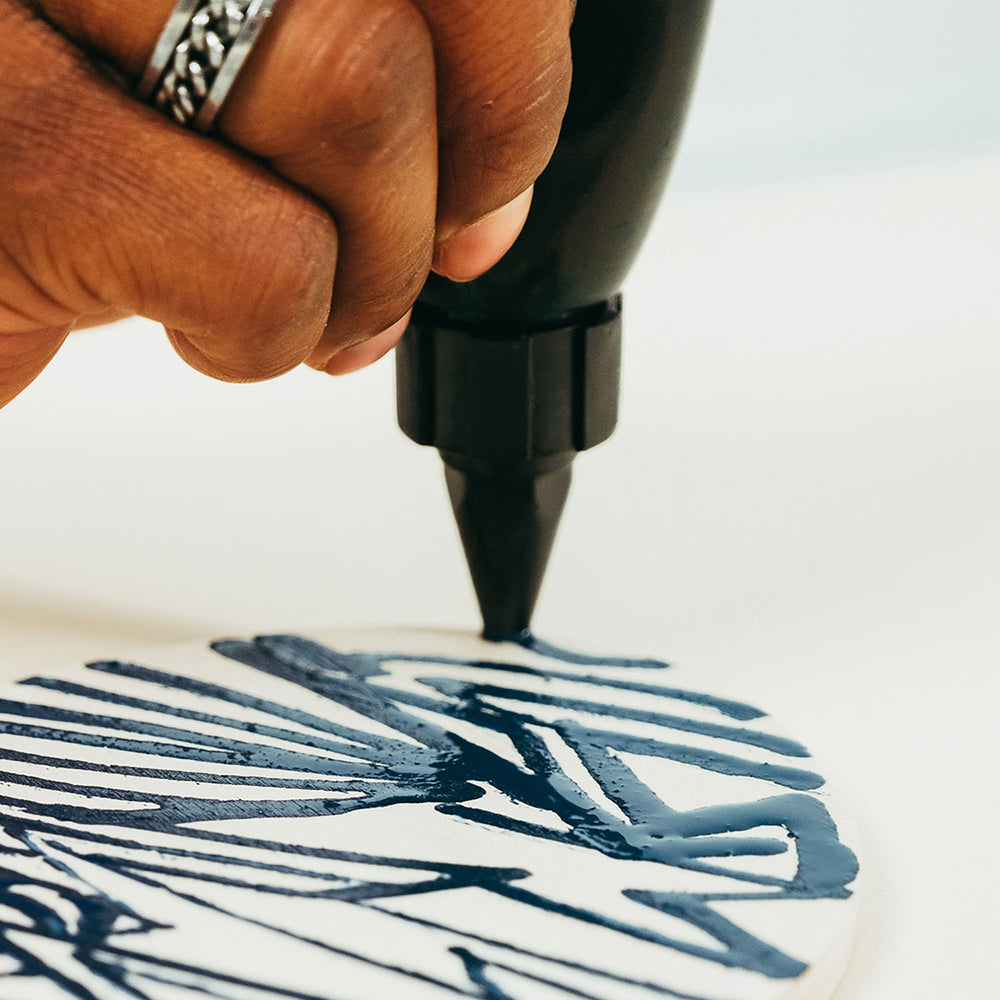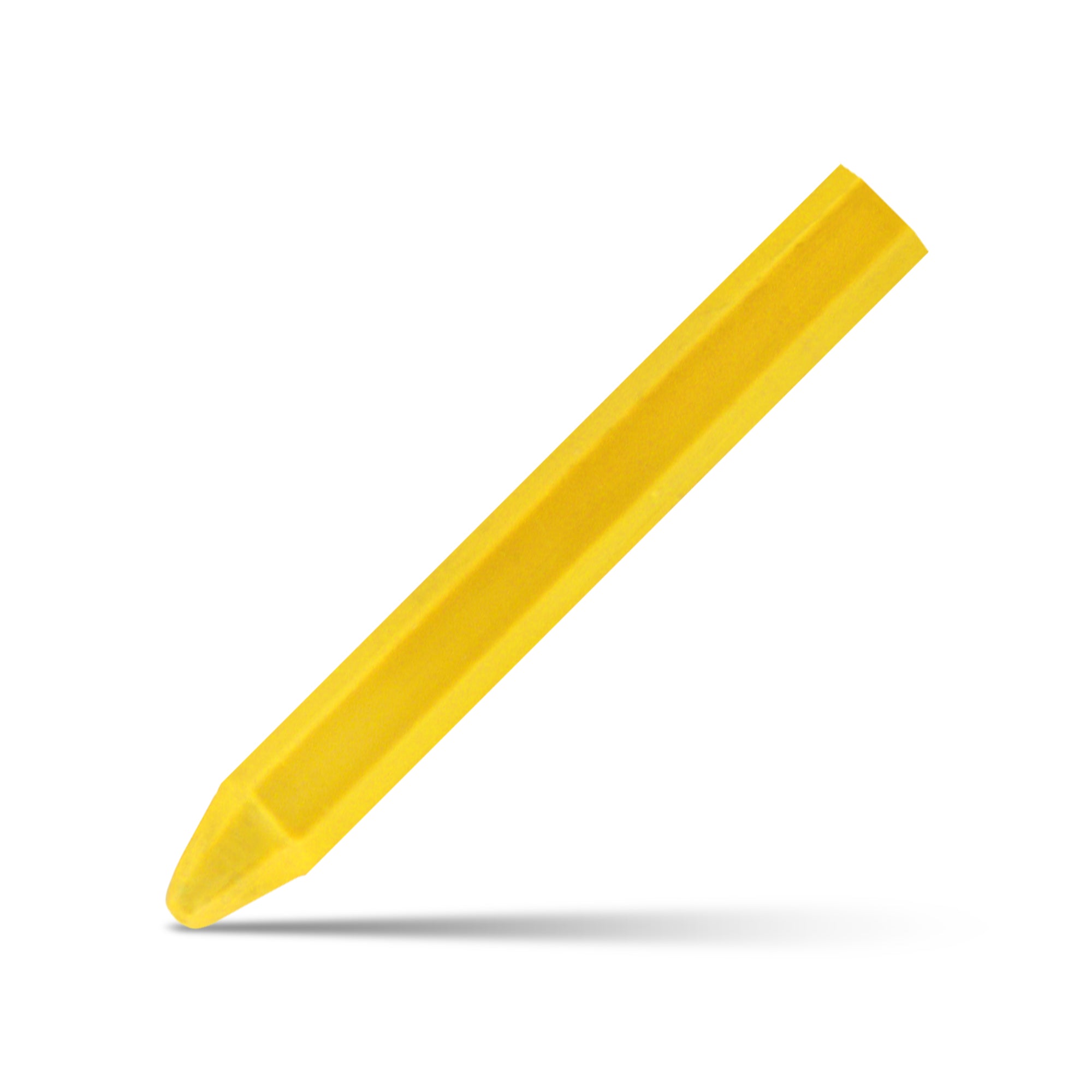While you were thinking about the price, material, quality and durability of your purchase, you probably weren’t paying much attention to the chalk the tailor was using to mark the fabric. That was a piece of tailor’s chalk, and there’s a whole science behind this small but invaluable tool.
Isn’t all “chalk” the same?
The answer to this question involves some nuance, mainly due to how people refer to chalk and similar marking tools. To clarify, let’s get into what chalk actually is.
When most people talk about chalk, they are probably referring to the white sticks that teachers use to write on a chalkboard or the tools used to write on blackboards in bars and restaurants. That type of chalk is made of limestone (with some additives to hold it together).
Another type of chalk, known as dustless chalk, is made from Plaster of Paris instead of limestone. It’s usually cheaper than its dusty counterpart, but does not mark as well.
These classic chalks are not suitable for the textile industry. They are hard, dusty materials that can damage or discolor apparel, especially when it comes to softer fabrics like wool and silk.
Tailor’s chalk is a chalk-like tool that offers a similar marking property, but tends to be made out of clay or wax – or a mixture of both. Despite the emergence of this new chemical technology, the name “chalk” remained.
The Different Types of Chalk-like Marking Tools
Chalk-like marking tools are used in a variety of industries, from carpentry to construction to apparel. Each type of tool is designed to satisfy the specific needs of that practice, whether it’s delineating cuts on roads, wood or fabric.
For example, carpenters need to make clear, visible lines on their materials that are also temporary. As a result, carpenter’s chalk is usually made of clay with bright pigments, and is easy to apply and remove.
When it comes to cutting and sewing textiles, chalk-like marking tools need to be even more specialized for the task. They need to glide smoothly and clearly on a variety of fabrics and not damage them.
The 3 Formulations of Tailor’s Chalk
There are three main types of Tailor’s chalk: clay-based, wax-based or a mixture of both.
Wax-based Tailor Chalk
In general, wax-based tailor’s chalk comes in square pieces, although it is also available in pencil-shape. The Super Glide is Carmel’s most popular seller and has a groove in the middle for a secure grip. This formula also comes in a larger profile called Triple Groove, referring to the three grooves the piece of chalk has running down the middle which helps create a secure grip. The pencil-shaped Tailor Crayon is wrapped with a paper label, whereas the square pieces come unwrapped.
Clay-based Tailor Chalk
Clay-based tailor’s chalk comes in triangles or squares. Since this type is made through high impact compression, it can be shaped into different forms, such as square or triangular pieces.
Everlast Tailor Chalk
Everlast Tailor Chalk is a blend of wax-based and clay-based Tailor Chalk. This tool also has 9 lines running through it for an extra secure grip.
To apply all three types, hold the chalk in the groove(s) and glide one of the narrow ends across the surface of the fabric. All three types will adhere to the material being marked.
Tailor Chalk Colours
The first two types of Tailor Chalk are available in a variety of different colors, while the Everlast Tailor Chalk is only available in white. Professional tailors and seamstresses tend to prefer white chalk-like tools due to the prominence of darker colors in the textile industry. The second most popular color is yellow, also due to the contrast with darker fabrics.
Removing Tailor Chalk Markings
The ability to remove the markings and leave no residue behind is crucial for textile marking tools. There is only one type of Tailor Chalk specifically designed to come off after use – and it is conveniently called Disappearing Tailor Chalk. It comes as a small square piece of chalk. Markings made with this type of chalk are designed to fade away after use.
Note that the wax based, clay based and wax/clay blends previously mentioned are not designed to be removed from materials. However, in some cases the white colour may be removable. For example, the white wax-based tailor’s chalk may iron out of the fabric (as the heat melts it away), whereas the white clay-based tailor’s chalk may be brushed away, possibly without staining the fabric.
Finally, no matter what type of tailor’s chalk you use, whether it’s supposed to brush off, be ironed out or disappear on its own, always make sure to test it on a spare piece of fabric before applying it to the actual apparel. There is such a variety of fabrics and processes in the apparel industry that it’s better to be safe than sorry when it comes to marking tools.
Using and Maintaining Your Tailor’s Chalk
Clay-based tailor’s chalk is seen as the most traditional and reliable type in the North American apparel industry, and is sometimes referred to as “real” tailor’s chalk in that area. This tailor’s chalk is also popular in Europe, although its popularity varies depending on the country or region.
Markings made with clay-based tailor’s chalk result in clear and well-defined lines. Triangular clay-based tailor’s chalk is a durable option that is easy to apply – and remove by brushing. If applied too firmly however, it might be more difficult to remove. It will also be harder to remove if exposed to dry cleaning or heat from an iron.
Wax-based Tailor’s chalk has the advantage of being more durable and long-lasting, but needs to be maintained and applied correctly to avoid smudging or gathering fabric while drawing lines. Like their clay-based counterparts, wax-based tailor’s chalks also can be shaped into many forms, such as squares, but also into crayons, which are known as tailor’s crayons.
When it comes to applying tailor’s chalk, you want to ensure that you’re always using a relatively sharp edge, such as a corner, which is why they come in a triangular or square shape. You want a clean, smooth line without applying too much pressure or having the chalk gather strains of fabric.
Maintaining a sharp edge can be done by either sharpening or carving the piece of chalk, or by ensuring that your tools are high quality, industrial grade products made by a trusted manufacturer. Craft store chalk products won’t cut it if you are a professional. Carmel offers a tailor chalk sharpener to keep the sides of the square chalk nice and sharp. The holder can be fastened to the work table. To sharpen the chalk, slide the piece of chalk through the sharpener from one side of the wax to the other.
